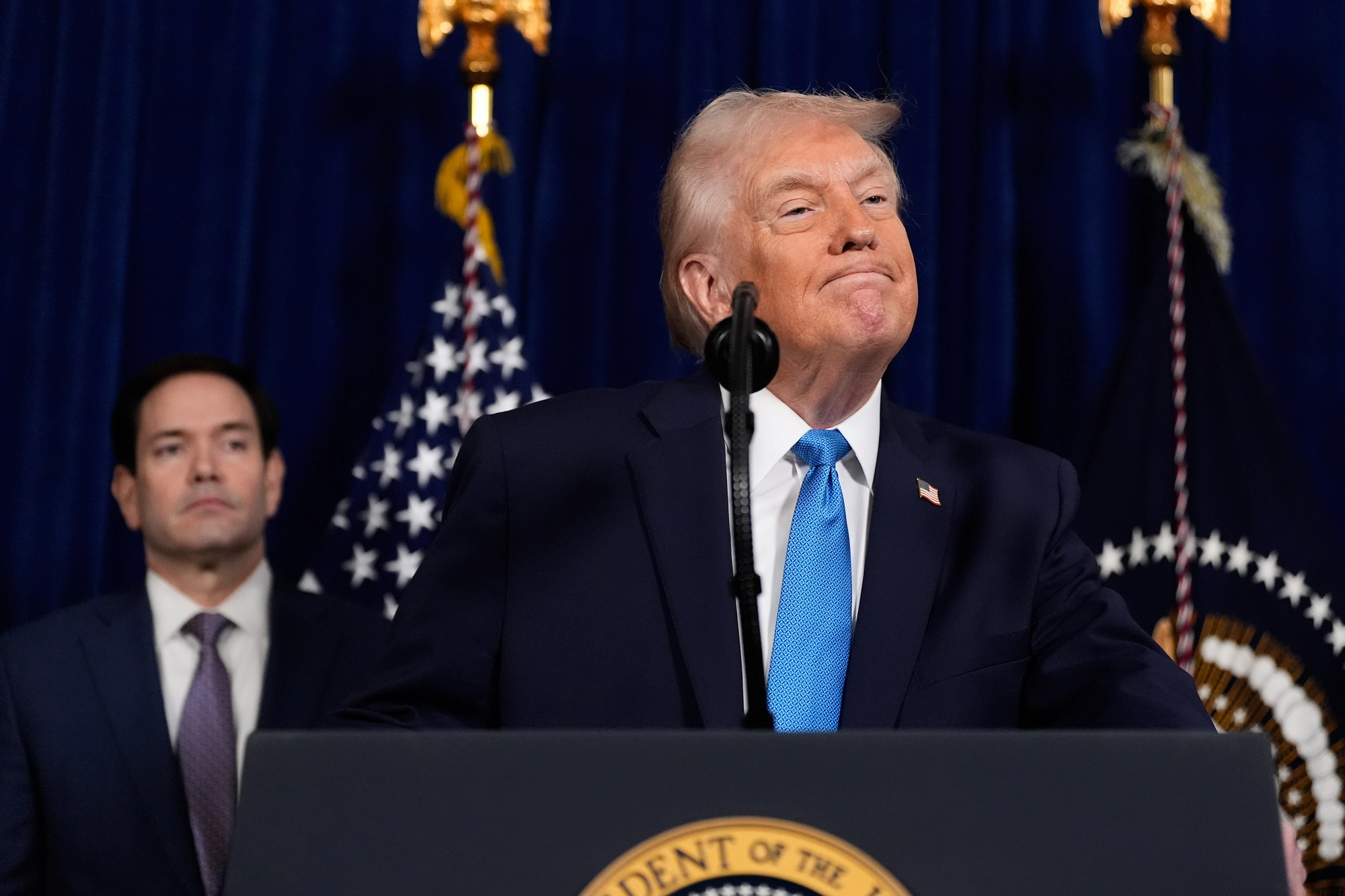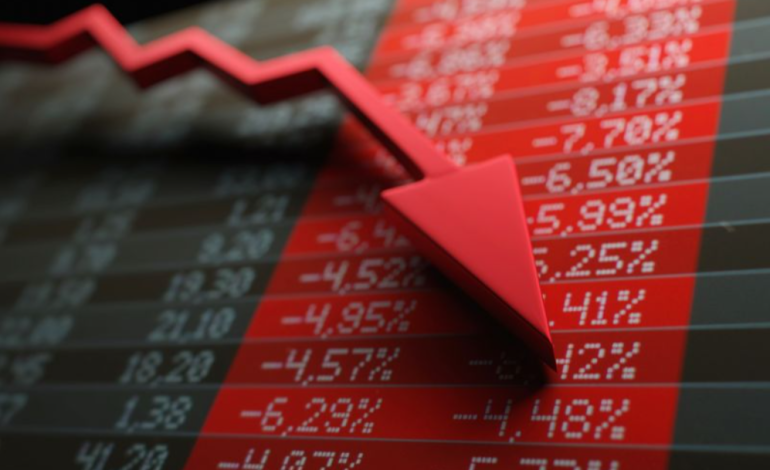Markets around the world continued to reflect investor unease on Monday as concerns about the economic impact of escalating trade tensions persisted, the New York Times reports.
President Donald Trump’s tariff policies remain a key source of market volatility, contributing to declines in stocks, oil prices, and the value of the US dollar.
Asian equity markets were among the most visibly affected. Japan’s benchmark Nikkei 225 index dropped 1.3%, reversing last week’s gains, which had been fueled by optimism about a potential trade agreement. Taiwan’s benchmark also fell 1.5%, as both economies—closely tied to US trade—continue to bear the brunt of the global uncertainty. So far this year, Japanese and Taiwanese stocks have been the worst performers in Asia.
US markets, which reopened Monday following the Good Friday holiday, pointed to a lower start. Futures for the S&P 500 were down nearly 1%, signaling a cautious mood among investors.
Oil prices also slipped, with Brent crude futures down about 1.3% to around $67 per barrel. Crude oil prices, often viewed as an indicator of future global growth, have now fallen roughly 24% since mid-January. Analysts suggest the prospect of a slowdown in international trade due to tariffs is weighing heavily on energy markets.
The US dollar continued its recent decline, falling nearly 1% against the Japanese yen to its lowest level since September. The dollar also weakened against the euro, hitting its lowest level in over three years.
“We believe dollar weakness will continue,” said Win Thin, managing director at Brown Brothers Harriman, in a note to clients.
He cautioned, however, that while some foreign currencies are strengthening, those gains may be short-lived if global growth falters.
Much of the world’s financial markets—including those in Hong Kong, Australia, and most of Europe—remained closed for the Easter holiday, contributing to relatively thin trading conditions.
The broader uncertainty stems from a series of trade actions by the Trump administration, which has significantly increased tariffs on imported goods—some as high as 145% on Chinese products—in a bid to address US trade deficits. These measures extend beyond tariffs to include export controls on key technologies, such as advanced silicon chips. In response, China has raised its own tariffs on US goods and imposed restrictions on exports of essential resources like rare earth minerals, which are vital to sectors such as electric vehicles and electronics.
Economists caution that these developments may contribute to higher prices for consumers and businesses, while simultaneously slowing economic growth. The International Monetary Fund (IMF) has already signaled a downgrade in its global economic outlook, warning of increased risks to financial stability.
“Prolonged high uncertainty raises the risk of financial market stress,” said IMF Managing Director Kristalina Georgieva during a speech last week.
The IMF is scheduled to release its revised growth and inflation forecasts on Tuesday.
Investors will also be closely watching corporate earnings reports this week for insights into how businesses are managing the impact of trade tensions. Tesla, Alphabet, and Intel are among major companies scheduled to report, and their outlooks may offer further clues about the business climate under the evolving trade landscape.
Meanwhile, the ongoing depreciation of the US dollar is prompting questions about global investor sentiment. While a weaker dollar can make US goods more competitive abroad, it can also suggest a shift in market confidence away from American assets, which have traditionally been seen as a safe haven during times of uncertainty.
As negotiations remain elusive and economic indicators point to potential turbulence ahead, markets are likely to remain on edge in the coming weeks.









The latest news in your social feeds
Subscribe to our social media platforms to stay tuned